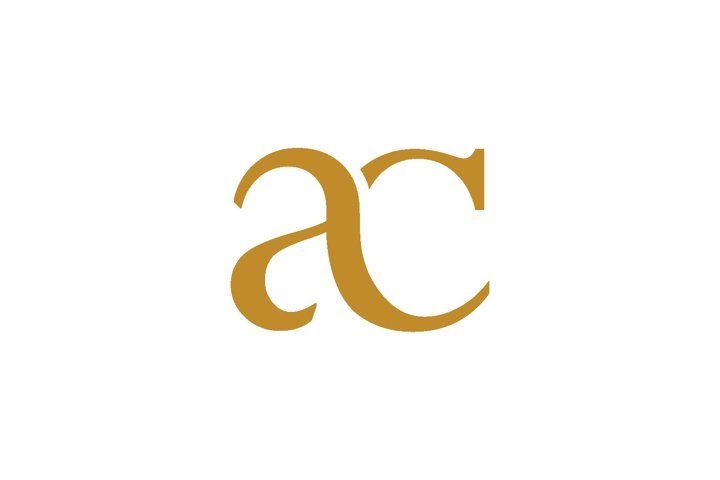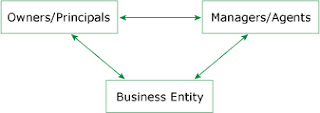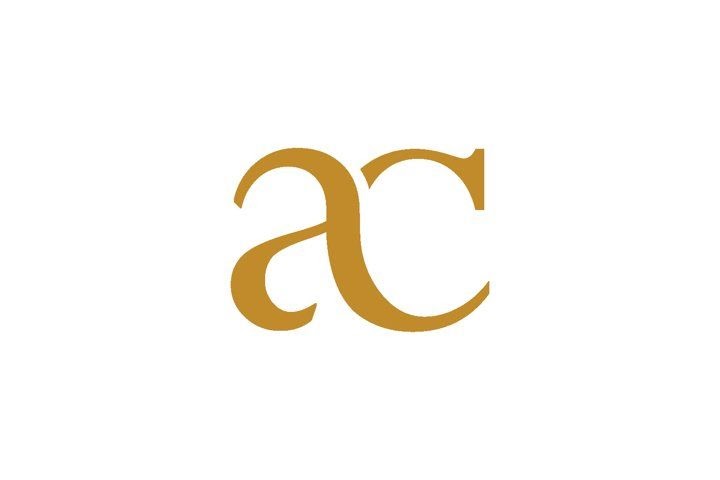In the mean variance framework or this modern portfolio theory as it is
officially called, what we're trying to do is to combine the different
securities available to maximize this effect of diversification.
Here, I've randomly chosen a portfolio
P with 20-20-60 invested in the different securities.
I could have chosen something completely different.
So what I'm going to show you now is an example
of portfolio construction but we're going to do this completely randomly.
So, you're going to watch now a little animation where we are going to compute
the expected return and risk of many different portfolios but
we're going to construct them in a completely random fashion, okay?
We are just going to impose that each of these portfolio is fully invested,
meaning that the sum of all the weights add up to a 100%.
So let's have a look at what this implies in terms of risk and
return if we combine in a completely random way asset A, B, and C.
Okay, so now we've added all these points on the graph.
They all corresponds to portfolio.
We can see that some structure emerge from this exercise.
There is some kind of a limit to the diversification effect.
For example, you can see that we can construct portfolios which have
a similar level of return than stock B that have lower risk.
They are located to the left of B along an horizontal line.
But there seems to be a limit, and
there seems to be some kind of an envelope around all these points.
If we look at our candidate portfolio P, the one with 20 in A,
20 in B, 60% in C, this portfolio is apparently not
the best we can actually construct with a level of return of 6.6%.
In particular if you look at portfolio Q, this is another portfolio
that was randomly generated by a little exercise before.
And this portfolio also has an effect of diversification, but
among all the portfolios that reach a level of 6.6%,
they are all aligned on the red dotted line.
This portfolio Q seems to be the best one.
And if you look at the graph of all these randomly generated portfolio, for
each level of expected return,
there seems to be an optimal portfolio with the minimum level of risk.
So there is a way of actually directly constructing this limit.
And the way we've followed here by using randomly generated
portfolio is perfectly equivalent.
But we could have used an optimization procedure to compute the position of
all these portfolios that minimize the level of risk for
a given level of expected return.
And this approach of minimizing the level of risk for
a given level of expected return, this is the minimum variance,
or min variance framework developed in the 50s by Harry Markowitz.
So, if we look at portfolios that are similar to portfolio Q in the sense that
they minimize the risk for a given level of return, we can actually draw the entire
envelope, this is this thick black line that you now see on the graph.
This envelope is called the efficient frontier.
This is the collection of all portfolios that for
a given level of return, minimize the risk of the portfolio.
They are attained by adequately choosing the weights in the available security.
And you see that with only three assets,
we're able to create a large variety of portfolios and
we are also able to perfectly use this effective diversification.
If we use it to its full extent, we will reach this thick black line.
Some remarks are in order regarding this efficient frontier, this black line that
constitute the envelope of all these randomly chosen porfolios.
They provide the portfolio on the black line the optimal level of diversification.
But we can see that one portfolio is a little bit particular.
The one on the extreme left of the graph, constitute the minimum
level of risk that we can obtain by combining asset A, B, and C.
It is at the summit of this hyperbola completely to the left.
We call this portfolio the Global Minimum Variance Portfolio.
It is the minimum level of risk we can reach by combining the three assets.
Another remark on this efficient frontier is that for example, if you want to attain
a level of risk of 15%, there seems to be two candidate portfolio.
One, with a lower level of return, around 1%.
And one, with a rather high level of return, around 7%.
If your objective is to minimize risk for a given level of return or
maximise return for a given level of risk,
it wouldn't be reasonable to consider the portfolio for
a level of risk of 15% that only attain the 1% expected return.
So when we consider the efficient frontier, we actually only look at
the upper half of the envelope starting at the minimum level of risk,
the global minimum variance portfolio and
considering only all the portfolios that have higher expected return.













%20_%20Logos%20_%20Design%20Bundles.jpg)


%20_%20Logos%20_%20Design%20Bundles.jpg)



0 Comments